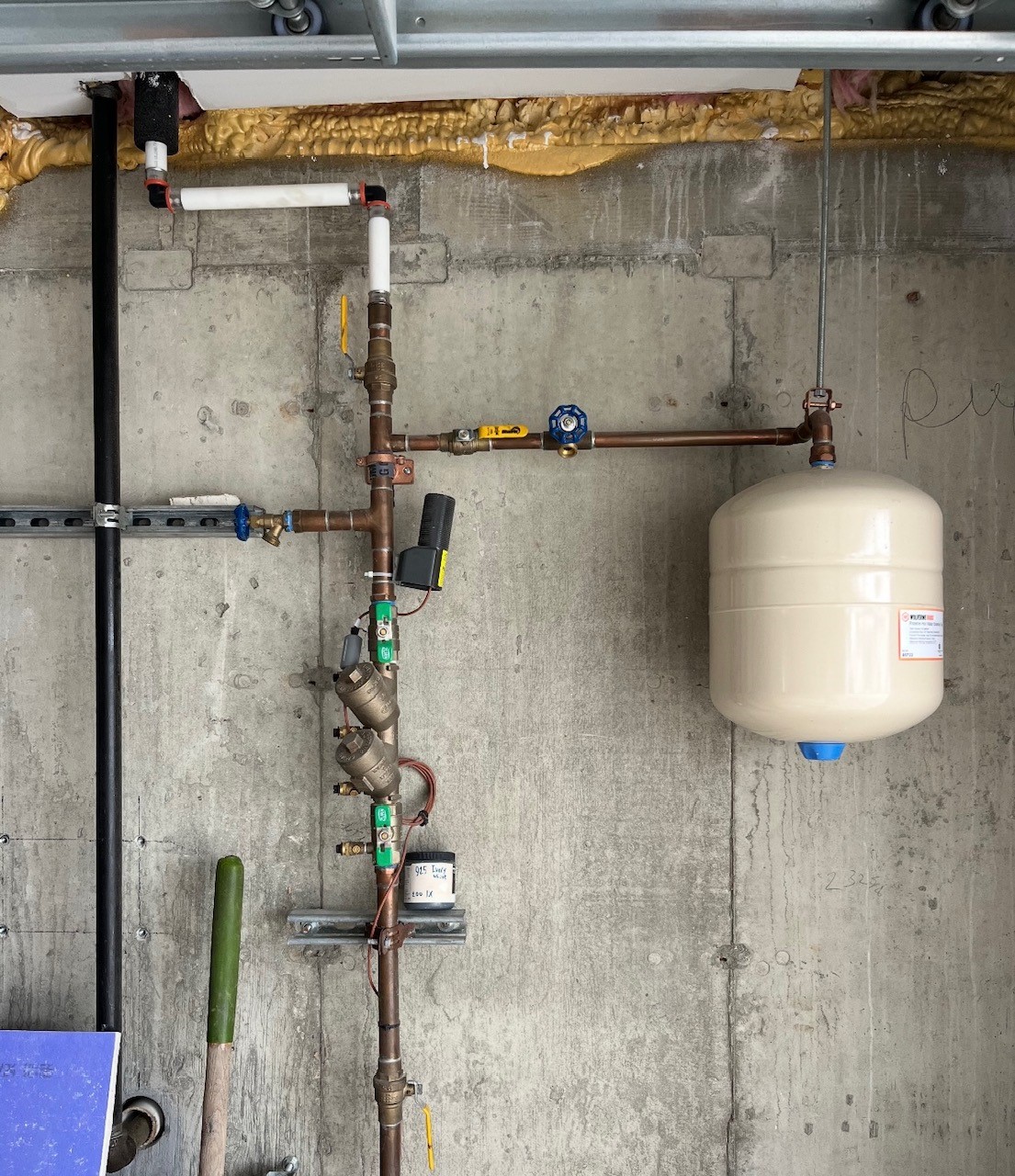Cross Connection is any actual or physical connection between a potable (drinkable) water supply and any source of non-potable liquid, solid or gas that could contaminate drinking water under certain circumstances.
Cross Connection Control - New York Water - Residential
Cross Connection & Backflow Prevention
Protecting your drinking water supply is everyone’s responsibility. State regulations require residential, commercial and industrial customers served by a public water system to protect the public water system from potential contamination. Under certain conditions, water from private plumbing can flow into the public water distribution system. This is referred to as backflow. In order to prevent potential backflow, some customers are required to install and maintain backflow prevention devices on the main water service lines.

Backflow is the reverse flow of water or other substances into the treated drinking water distribution system. There are two types of backflow: backpressure and backsiphonage.
- Backpressure happens when the pressure of the contaminant source exceeds the positive pressure in the water distribution main. An example would be when a drinking water supply main has a connection to a hot water boiler system that is not protected by an approved and functioning backflow preventer. If pressure in the boiler system increases to where it exceeds the pressure in the water distribution system, backflow from the boiler to the drinking water supply system may occur.
- Backsiphonage is caused by a negative pressure (vacuum or partial vacuum) in the water distribution system. This situation is similar in effect to the sipping of water through a straw. In the drinking water distribution system, negative pressure (backsiphonage) occurs during a water main break or when a hydrant is used for fire fighting.
Click here for important information related to Backflow Prevention.
Backflow may affect the quality of the drinking water at your home, business or facility and has the potential to create health hazards if contaminated water enters your water supply plumbing system and is used for drinking, cooking or bathing. Backflow events occur more often than you might think although most do not create health hazards. Unprotected cross-connections with water supply plumbing or public drinking water piping systems are prohibited. We are all responsible for protecting our water supply from backflow that may contaminate our drinking water. It includes complying with the plumbing code and avoiding unprotected cross connections.
The responsibility for preventing backflow is divided. In general, state and local plumbing inspectors have authority over plumbing systems within buildings while state regulatory agencies and public water suppliers regulate protection of the distribution system at each service connection. Water customers have the ultimate responsibility for properly maintaining their plumbing systems. It is the water customer’s responsibility to ensure that unprotected cross-connections are not created and that any required backflow prevention devices are tested in accordance with state requirements and maintained in operable condition.
- Be aware of cross connections, eliminate or isolate them
- Maintain air gaps on sinks and when using hoses.
- Do not submerge hoses or place them where they could become submerged.
- Use hose bib vacuum breakers on fixtures (hose connections in the basement, laundry room, and on outside faucets/spigots).
- Install approved backflow prevention devices on lawn irrigation systems and on fire sprinkler system services. Types of preventative required devices are determined based on the potential type of pollutants or contaminants high, low or moderate. In low hazard situations, the installation of a residential dual-check device might be allowed.
Failure to comply can result in water service disconnection after repeated request from our Cross Connection Department.
Local companies to perform backflow testing can be found by clicking here.
For more information, you can visit the Department of Health cross-connection control program webpage.
